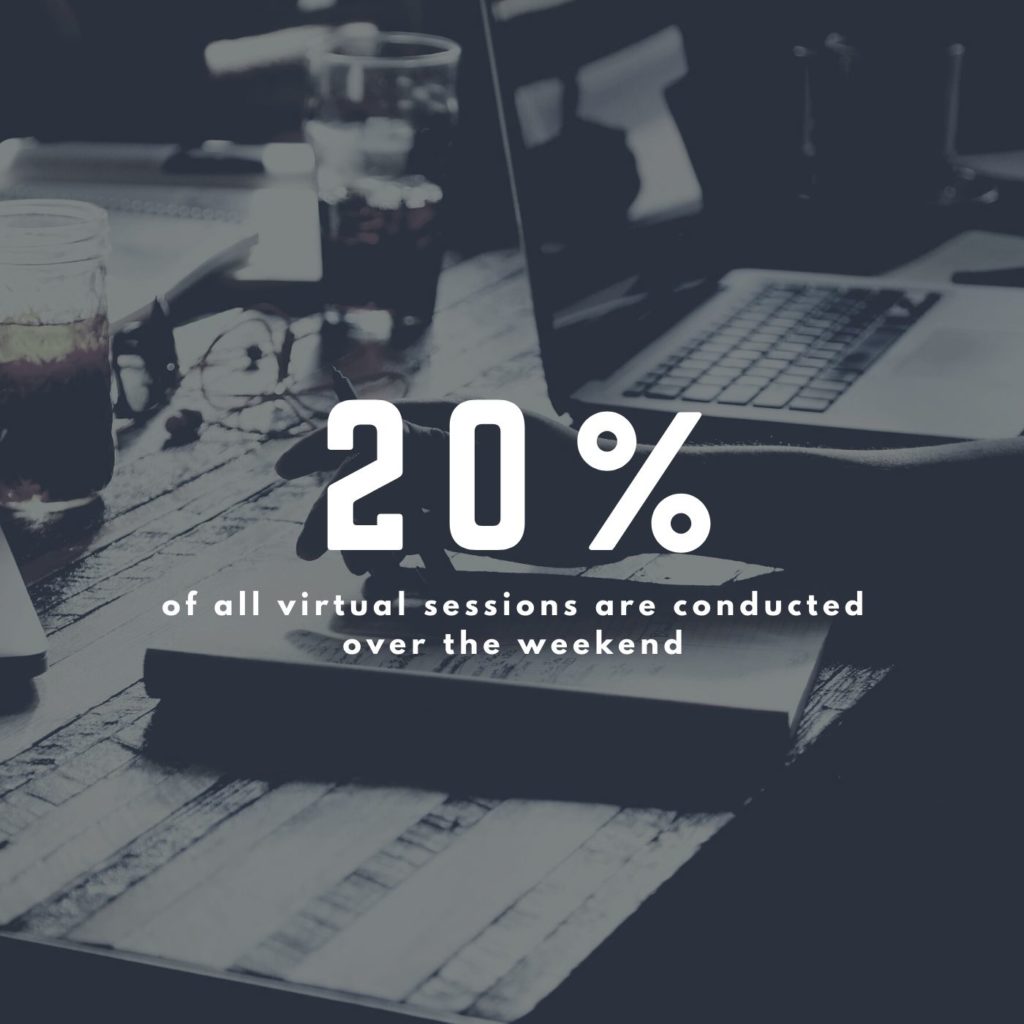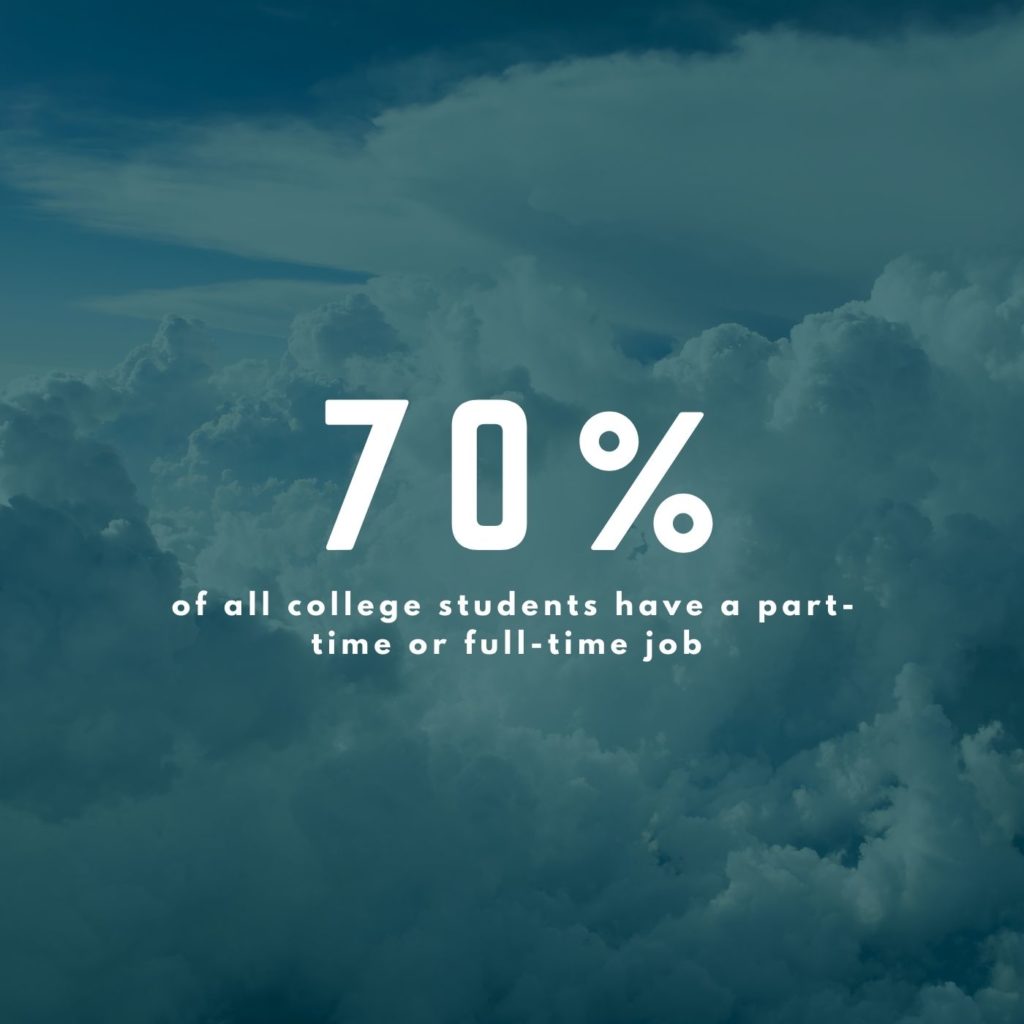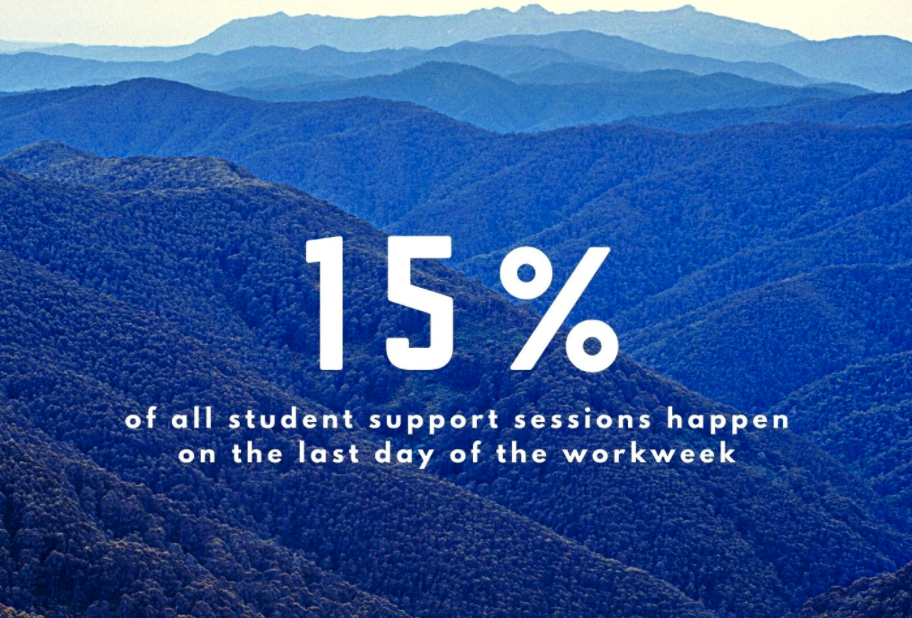Four myths about student support resources
Online and non-traditional students face lack of access to help
According to the most recent numbers from the National Center for Education Statistics, approximately 63% of students who started working toward their bachelor’s degree in the fall of 2013 completed their degree within six years. By most accounts, the graduation rate for online students is less than half that amount. So why the huge disparity?
Theories are as plentiful as the growing number of online programs themselves — everything from lack of face-to-face time with professors and the challenge of bonding with other students remotely to broadband issues and the challenges of fitting school into schedules that include work, family and other commitments.
At Upswing, we continually advocate for online and non-traditional students. We believe that the reason for the discrepancy has less to do with the students’ capability or motivation and more to do with their lack of access to critical student-focused resources.
So we took a deep dive into the data from our wraparound services platform. During an average 30-day period, for example, some 130,000 different users access the Upswing platform to connect with campus resources. Before long, specific trends began to emerge from the data. While some are expected, others dispel four key myths that many college learning centers believe when supporting online students.
Myth #1
Online Students Don’t Study During Weekend…


Students spend their weekends socializing, not studying… right?
Our usage data showed that nearly one in five — or 20% — of all virtual sessions are conducted over the weekend. Sunday afternoons and evenings provide some of the most consistent activity, with 6.5% of all sessions occurring between noon and midnight on Sundays.
Yet at most institutions, virtually no student support resources are available during the weekends. Not only does the lack of weekend availability impact student success overall, but it particularly affects students who have work, family or other responsibilities that prevent them from seeking help Monday through Friday.
Case in point: One Upswing user told us that she was planning on dropping out of college. When asked why, she said she was struggling with classes online and didn’t feel that anyone at her school cared about whether or not she succeeded. Digging deeper, it seemed that getting help when she needed it was a major obstacle.
Fortunately, our team helped her regain her confidence, explore options and plot a course to get back on track. But this example shows how online and non-traditional students often suffer in silence before ultimately deciding to drop out of school.
Myth #2
Online students may need help at odd hours, but we capture the majority of
students with our traditional schedule…
Sure, online students may need help at odd hours, but we capture the majority of students with our traditional schedule
Most college learning and support centers have a set schedule, typically Monday through Thursday from 10 am to 4 pm. The rationale is that while these hours don’t support 100% of student requests, the vast majority of students can be helped within this timeframe.
Not so, according to our usage activity data.
Institutions that follow this common availability schedule only capture the needs of 32% of students looking for help, leaving 68% of all student needs and requests unanswered each day.
What’s more, two of the heaviest hourly blocks — Monday evening from 5 to 6 and Monday evening from 6 to 7 — are times when traditional learning and support help is unavailable. On average, more than 4,000 students log onto Upswing for support during this time every week.
And while early cutoff times hurt all students, they disproportionately affect those who are most vulnerable. The Georgetown University Center on Education and the Workforce published a study recently that 70% of all college students have a part-time or full-time job. These students are more likely to be lower-income, minority, and female.


Myth #3
Friday support hours aren’t necessary…


Many institutions only offer support Mondays through Thursday, with the assumption being that students aren’t looking for help on Fridays because it leads into the weekend. However, based on our data, that’s not the case.
While it’s true that compared to the other weekdays, the demand for help is lighter on Fridays. But nearly 15% of all student support sessions happen on the last day of the workweek.
In fact, from 9 am to 6 pm on Fridays, demand is nearly as high as every other weekday. It isn’t until after 6 pm on Friday night that we see a significant decline in requests for the day.
Myth #4
Budget constraints make it impossible to help more students…
It’s no surprise that while student support staff know that students need more help, they are often hamstrung by limited budgets, asking the question “How can we help more students while maintaining our costs?”
Based on our work with several institutions, it can be done. Here are some suggestions:
- Since afternoons are busier than mornings (except on Mondays), capture more student demand by offering greater support in the afternoons.
While demand does begin at 10 am each day, we see higher need during each of the afternoon hourly blocks. Adjusting learning center schedules to open and close later will not only help more students, but it will also support a more diverse set of students.
One particular Upswing college partner used the data we collected to adjust their learning center times. Over time, they were able to save 30% in costs without needing to cut any staff hours.
- Allow for more virtual support hours. Through supporting various institutions, we’ve learned that there is often an oversupply of staff members during peak work hours, but none (or very few) during off-peak hours. Balancing supply and demand can help.
Providing some staff members the opportunity to connect with students virtually during Friday, Saturday, and Sunday afternoons will not only help more of your online and non-traditional students to succeed, but it can also ensure that staff members are being used most effectively.
- Create a ticketing system for requests during closed hours, when students are unable to connect live with your staff.
In situations where this is the case, a ticketing system is an excellent way for students to submit their requests for support, knowing their concerns are being heard and addressed.
Unlike email, which can sometimes feel cumbersome or unhelpful, ticketing systems allow students to track updates and know that someone is looking at their situation — even when a response can’t be provided immediately.
- Ask online students what kind of support they need. One of the ways Upswing gathers information is by directly speaking with the students we serve. We’ve found that simply asking a student “What type of student support would make your college life easier/better,” many of them are willing to be honest and helpful, providing valuable insights.
Between the pandemic, stagnant (or reduced) budgets and other challenges, colleges are under a great deal of pressure. COVID-19 has changed the landscape for a long time, if not forever. Yet as we have shown, these challenges don’t have to result in higher student attrition. Simple adjustments can have monumental effects on student success. And that’s what Upswing is all about.
Stay in the know
Subscribe to get the latest insight and updates as we work to make higher ed better for every student